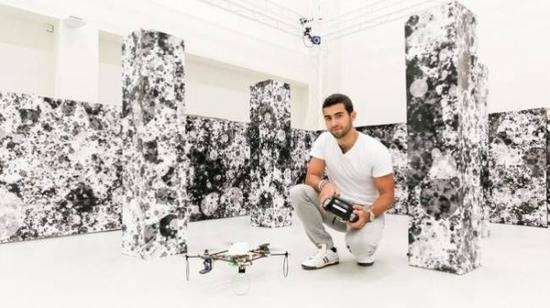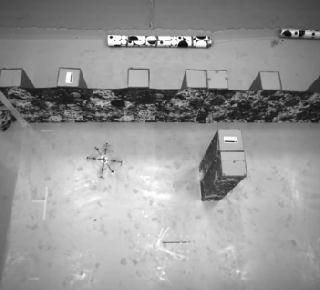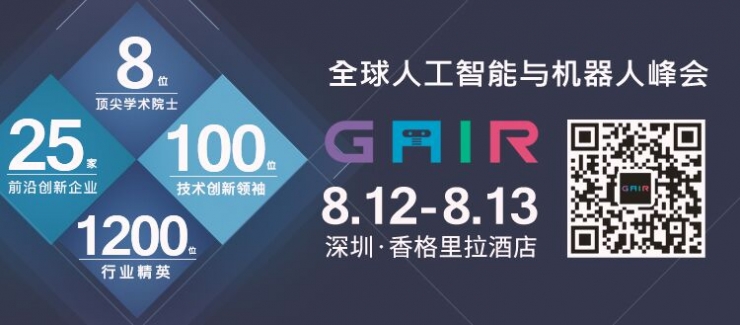
The drone has already achieved GPS to determine the position of the drone on the plane and hover at a fixed point. However, how to make the UAV aware of distance and avoid obstacles has always been a huge challenge. Although there are some UAV products that can avoid obstacles, there are still many technical problems.
Recently, the obstacle avoidance algorithm developed by Darius Merk, a student at the Federal Institute of Technology in Lausanne, Switzerland, may solve this pain point. The obstacle avoidance algorithmist has been inspired by insect vision. Darius Merk thinks that insects can avoid obstacles in a simple and efficient way. The speed of light can be used to determine the distance between objects: Some insects can detect obstacles by the intensity of light. During the flight, the movement of the image on their retina produces light flow. The signal, this optical flow provides a rich spatial signature for visual navigation of insects. Therefore, according to the intensity of light passing through the leaf gap, it is quickly determined whether the gap in front can be safely passed. Therefore, the optical flow method is mainly used in his algorithm.

In the world, a variety of visual flow navigation methods for bionic insects have been proposed: Srinivasan proposed a simple non-iterative optical flow method based on honeybee vision, which is used to measure the global optical flow and self-motion of the system; The Reichardt model of the basic detection unit is inspired by the insect's visual nerve structure; Franceschini has designed optical flow navigation strategies and sensors based on the fly's compound eye structure. These are the theory that insect vision algorithms are applied to drones to do a certain theoretical pave.
The drone’s initial range finding method uses a bat-like “hearing†like a car radar to send radio waves to range-finding objects to determine the direction and position of objects and then to avoid them. The biggest drawback of radar-based ranging is that it needs to transmit the electric wave first and then reflect the reflection of the electric wave. Therefore, it is difficult to carry out long-distance ranging under the limits of the endurance and the electric power of the electric wave. Recently, new models that can avoid obstacles in the market are mostly based on mimicking the human eye's working methods to achieve obstacle recognition. The image recognition and distance sensors are used to determine the drone's flight environment. Image analysis often requires a lot of computer resources. To calculate, and have unreasonable requirements for the operation speed of the UAV flight controller, it is not conducive to life, but also not conducive to reducing the volume of the drone. The method of imitating insects to identify objects just can avoid these problems.

Merk made the drones with two cameras. Because it does not require a large amount of calculation, the single camera weighs only 15g, and the processor configuration is not very high, making the drones more portable.

Panasonic understands manufacturers` challenges in adapting to the demands of increasingly wider market segments. So Panasonic designed a common platform that incorporates jumper wire and radial solutions in both the high-density and high-speed arenas, and an expanded axial solution with built-in jumper wire flexibility.
Radial Insertion Machine,Universal Radial Insertion Machine,Panasonic Radial Insertion Machine,Panasonic Insertion Machine
Shenzhen Keith Electronic Equipment Co., Ltd. , https://www.aismtks.com
